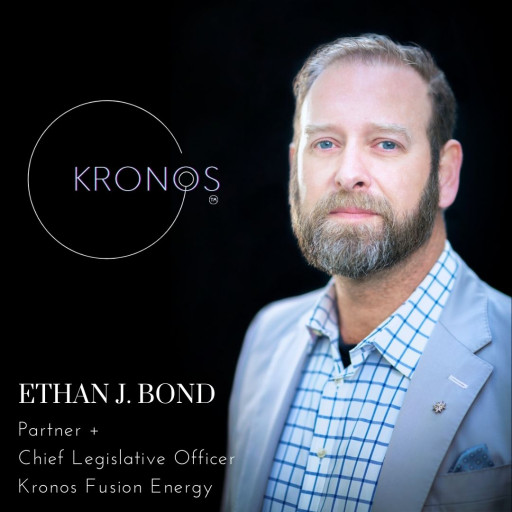WASHINGTON, March 15, 2022 (GLOBE NEWSWIRE) -- From learning how to measure masses of low-mass elements to discovering nuclear fusion being possible and technological advances to match, there's no denying the evolution of fusion power. For many years, the U.S., UK and USSR performed work in secret even though they were convinced that controlled fusion research had no military applications. Despite not having an internationally collaborative approach, energy advancements continued to climb.
Around 1951, the U.S. started its magnetic fusion energy program within the Atomic Energy Commission and was declassified in 1957. Due to declassification, international scientific collaborations and discussions of fusion research were yet again enabled. Plasma confinement conceptual achievements were accomplished through the 1960s, such as the stellarator, tokamak, and more. These successes were especially promising through the 1970s fossil fuel energy crisis, as political interest created the will to invest in large-scale tokamak studies. As the energy crisis waned, funding in fusion energy declined again in the mid-1980s. The fusion energy sciences program was overseen by the Department of Energy, and it encountered difficulties in acquiring funding for the large tokamak projects. The successor to the Tokamak Fusion Test Reactor, the Compact Ignition Torus was subject to significant planning in the late 1980s. Due to lack of funding and political interest, the CIT project was canceled by Congress in the early 1990s.
Since the 1980s, significant investment in fusion technology by the U.S. government has been limited to membership and partial funding of the international collaborative effort in France (ITER). While a valuable source of research and development, by focusing on this international experimental reactor, the U.S. government has not made substantive efforts to pursue American fusion energy projects with the aim of commercial or military applications. Energy shortages, endless cries for clean energy, and more needs of our planet have created the realization that now is the time to act. The federal government only began publicly developing options for a regulatory framework for fusion energy systems in late 2020.
Kronos Fusion Energy's Partner and Chief Legislative Officer Ethan J. Bond sees the need for legislative framework. "We've met perfect timing for the emergence and application of our company's hard work. Kronos Fusion Energy realizes this is just the exordium of a new era in energy generation for the world. To set us up for success, we must be accompanied and supported by our government and legislation."
On a global level, years of research, development, and experiments have led up to the White House event: Bold Decadal Vision for Commercial Fusion Energy. The event promises to convene fusion energy leaders to showcase progresses and advancements in fusion strategy. Kronos Fusion Energy is delighted by the recent advancements of the industry so we can do our part in creating a clean, limitless energy future.
Press Contact:
Erin Pendleton
e.pendleton@kronosfusionenergy.com
Related Images
This content was issued through the press release distribution service at Newswire.com.
Attachment

